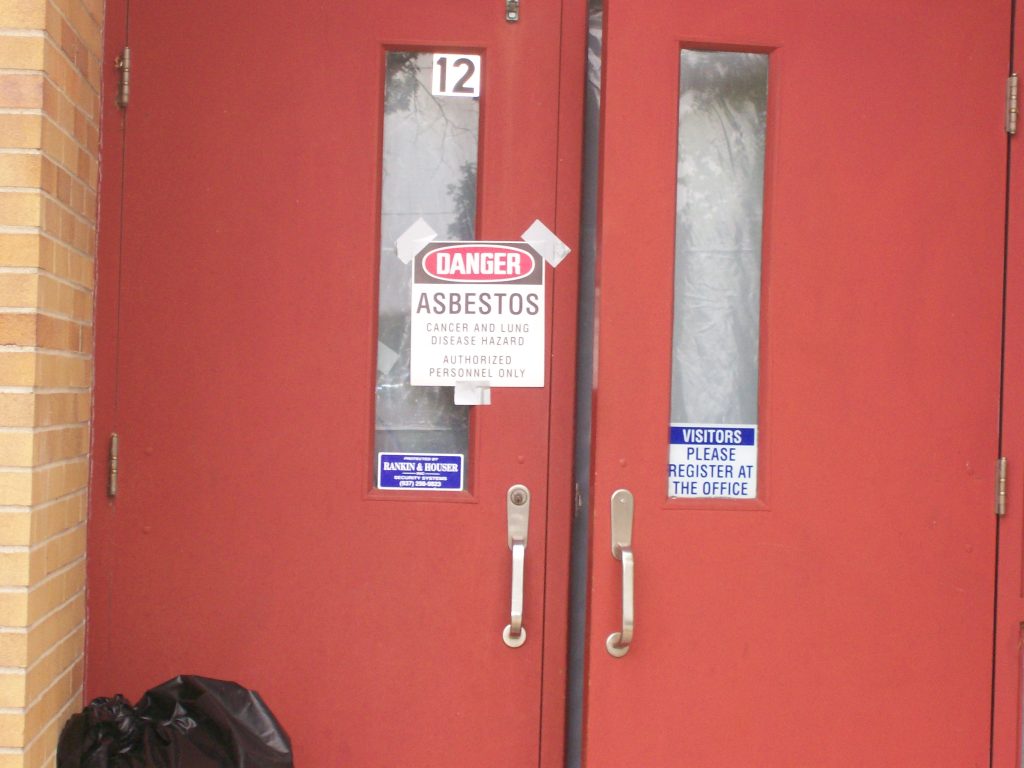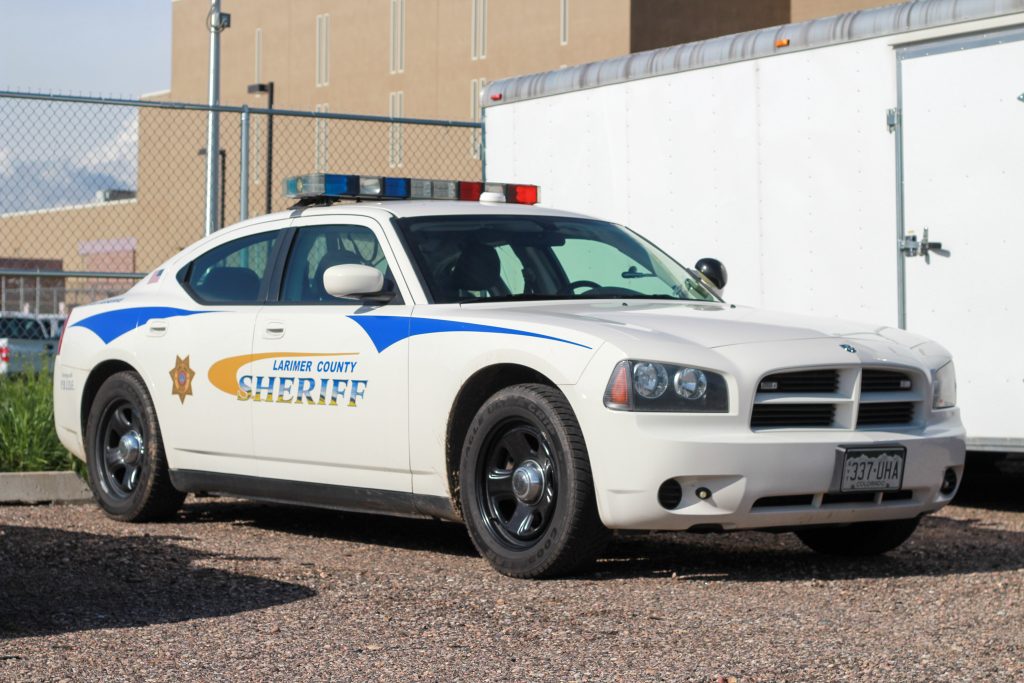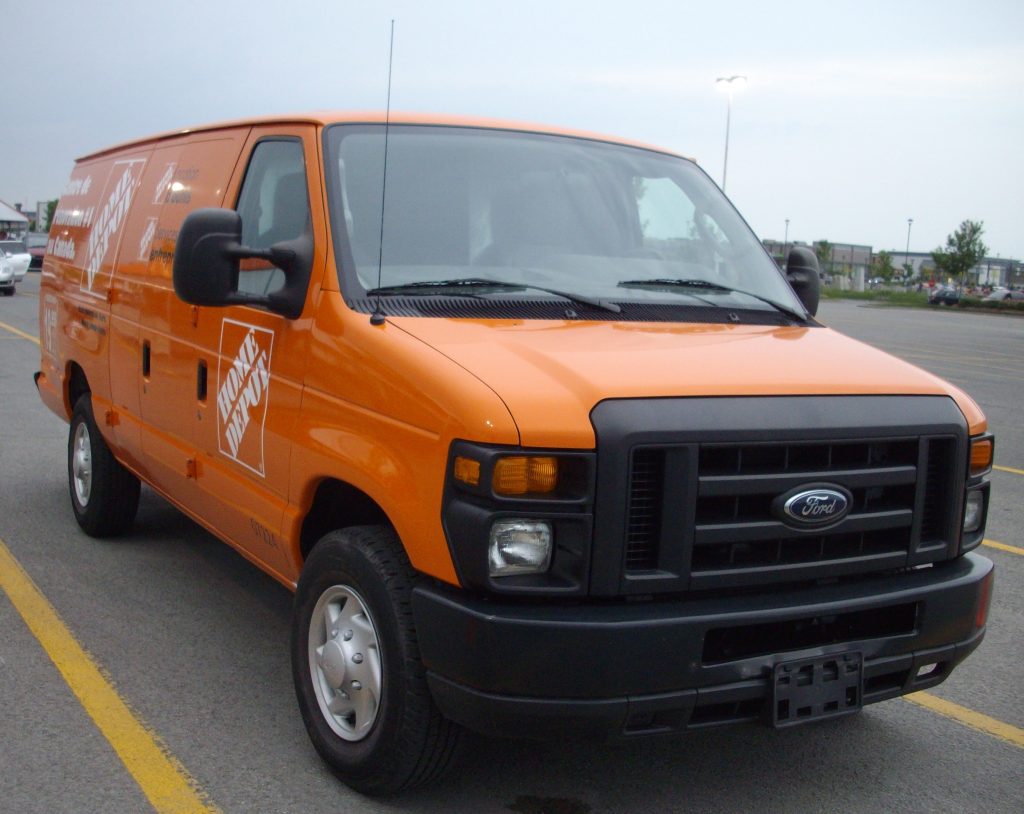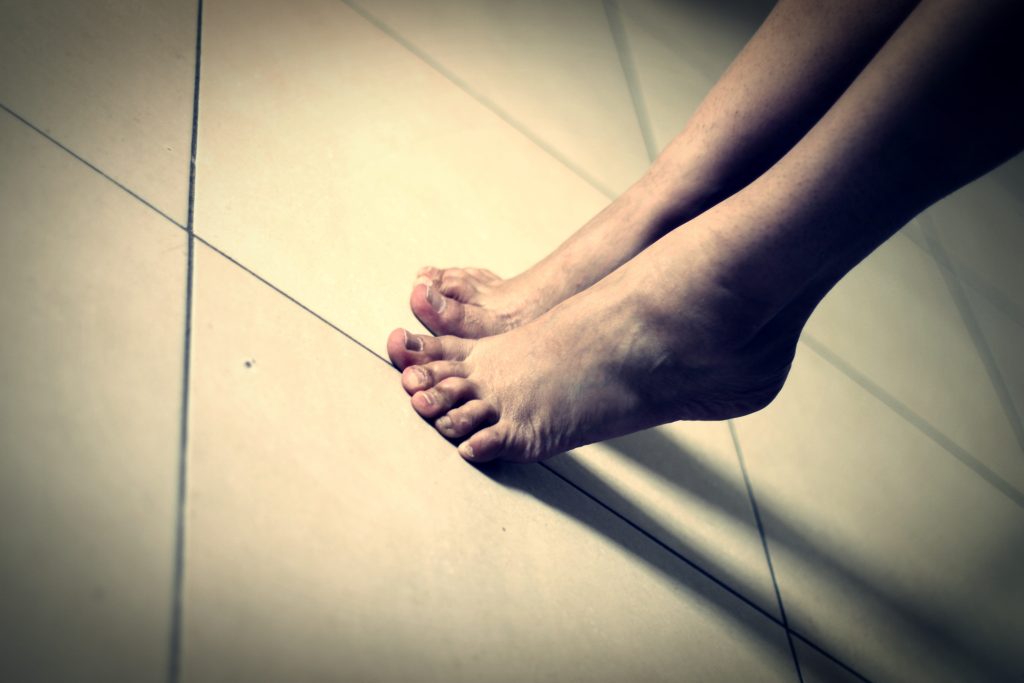 Although most people have heard of both state and federal courts, many do not know when a party in a lawsuit can move a case to a different court. This happened to Howard Zeringue, who first filed a lawsuit in Louisiana state court, but soon found himself in the United States District Court for the Eastern District of Louisiana after the company he sued removed the case to federal court. This case helps answer the question; My lawsuit was removed to Federal Court. What does that Mean?
Although most people have heard of both state and federal courts, many do not know when a party in a lawsuit can move a case to a different court. This happened to Howard Zeringue, who first filed a lawsuit in Louisiana state court, but soon found himself in the United States District Court for the Eastern District of Louisiana after the company he sued removed the case to federal court. This case helps answer the question; My lawsuit was removed to Federal Court. What does that Mean?
Zeringue sued Crane Company (“Crane”) and twenty others for the injuries they allegedly suffered from asbestos exposure. Zeringue claimed he was exposed to asbestos while working for the United States Navy and at two other jobs. Additionally, Zeringue claimed Crane designed and supplied products with asbestos to the sites where he worked and was exposed to asbestos.
Although Zeringue initially filed the case in state court, Crane removed the case to federal court under the federal officer removal statute. See 28 U.S.C. § 1442(a)(1). Crane argued any product Crane allegedly manufactured and provided to the Navy would be subject to the Navy’s discretion on whether to use asbestos and whether to include a warning on the product. Zeringue filed a motion to remand the case back to state court. The district court ruled in his favor, holding Crane had not shown the government had exercised its discretion concerning the design and warning problems at issue. Crane appealed the district court’s ruling that sent the case back to state court.
 Louisiana Personal Injury Lawyer Blog
Louisiana Personal Injury Lawyer Blog


 This scenario is not hard to imagine: you are driving along the road, and you get into an accident; however, the other vehicle is not just a regular car owned by a private citizen, but it is a dump truck owned by the local government. When suing a local governmental entity such as a sanitation department or police station, the injured party may face obstacles in naming precise owners of public vehicles or following procedural rules. A recent case out of St. Charles Parish demonstrates what kinds of procedural obstacles a plaintiff may face. It also helps answer the question; what happens if I name the wrong defendant in a lawsuit? Is my case over?
This scenario is not hard to imagine: you are driving along the road, and you get into an accident; however, the other vehicle is not just a regular car owned by a private citizen, but it is a dump truck owned by the local government. When suing a local governmental entity such as a sanitation department or police station, the injured party may face obstacles in naming precise owners of public vehicles or following procedural rules. A recent case out of St. Charles Parish demonstrates what kinds of procedural obstacles a plaintiff may face. It also helps answer the question; what happens if I name the wrong defendant in a lawsuit? Is my case over? Some doors, such as bathroom doors, are heavy and have quick automatic closing mechanisms attached. If a door of that nature hits you in the back on your way and knocks you down, who is liable? The following case out of New Orleans shows how courts deal with door-closing mechanisms and trip-and-fall lawsuits.
Some doors, such as bathroom doors, are heavy and have quick automatic closing mechanisms attached. If a door of that nature hits you in the back on your way and knocks you down, who is liable? The following case out of New Orleans shows how courts deal with door-closing mechanisms and trip-and-fall lawsuits.  Insurance policies are often lengthy and very complicated. Therefore, understanding who may be liable when an injury occurs is critical, as failure to do so may lead to complex and expensive court proceedings. The following Iberville Parish case demonstrates the problems that arise when multiple insurance companies and policies are involved in one lawsuit and when evidence is not properly admitted.
Insurance policies are often lengthy and very complicated. Therefore, understanding who may be liable when an injury occurs is critical, as failure to do so may lead to complex and expensive court proceedings. The following Iberville Parish case demonstrates the problems that arise when multiple insurance companies and policies are involved in one lawsuit and when evidence is not properly admitted.  A disabling workplace injury can be a nightmare for an employee who suffers physical pain, mental side effects, loss of income, and the uncertainty of litigation. And when large sums of money are involved, an employer will want to fight tooth and nail to avoid liability. This can be particularly distressing when an employee wins at trial only to find the decision has been appealed.
A disabling workplace injury can be a nightmare for an employee who suffers physical pain, mental side effects, loss of income, and the uncertainty of litigation. And when large sums of money are involved, an employer will want to fight tooth and nail to avoid liability. This can be particularly distressing when an employee wins at trial only to find the decision has been appealed.  Police officers can often put themselves in dangerous positions when responding to calls related to domestic violence because tensions and emotions are usually running high. In close-knit communities, it is also not uncommon for victims and perpetrators of domestic violence to have prior relationships with the police. Such was the case for Maringouin’s Chief of Police, John Simien (“Chief Simien”), who was both a friend and family member to Mr. and Mrs. Wright, when he got a call to come to the Wright’s house during a dispute.
Police officers can often put themselves in dangerous positions when responding to calls related to domestic violence because tensions and emotions are usually running high. In close-knit communities, it is also not uncommon for victims and perpetrators of domestic violence to have prior relationships with the police. Such was the case for Maringouin’s Chief of Police, John Simien (“Chief Simien”), who was both a friend and family member to Mr. and Mrs. Wright, when he got a call to come to the Wright’s house during a dispute. 
 Customers have an expectation of safety while shopping in retail stores. When a customer is injured while on the premise, they are entitled to damages. However, a customer may only recover damages if adequate proof is shown. Proof of an unreasonable risk of harm is a critical element of Louisiana slip and fall cases. The following case out of Slidell, Louisiana, shows why facts are crucial when pursuing a slip and fall lawsuit.
Customers have an expectation of safety while shopping in retail stores. When a customer is injured while on the premise, they are entitled to damages. However, a customer may only recover damages if adequate proof is shown. Proof of an unreasonable risk of harm is a critical element of Louisiana slip and fall cases. The following case out of Slidell, Louisiana, shows why facts are crucial when pursuing a slip and fall lawsuit. Have you ever been involved in a car accident that potentially involved two states and wondered which state’s laws would govern your personal injury lawsuit? Say, you have an insurance policy issued in Texas, and you get into a car wreck in Louisiana. Which state’s laws will apply if you file a lawsuit related to the accident? The following case shows how Louisiana Courts use a choice of law analysis to determine what state laws should apply in these situations.
Have you ever been involved in a car accident that potentially involved two states and wondered which state’s laws would govern your personal injury lawsuit? Say, you have an insurance policy issued in Texas, and you get into a car wreck in Louisiana. Which state’s laws will apply if you file a lawsuit related to the accident? The following case shows how Louisiana Courts use a choice of law analysis to determine what state laws should apply in these situations.  No one wants to experience pain and suffering after spending money and time getting surgery. Nonetheless, some people fall victim to these complications. A person can be prone to injury when a defective product is inserted into their body. This was the case with Kale Flagg.
No one wants to experience pain and suffering after spending money and time getting surgery. Nonetheless, some people fall victim to these complications. A person can be prone to injury when a defective product is inserted into their body. This was the case with Kale Flagg.